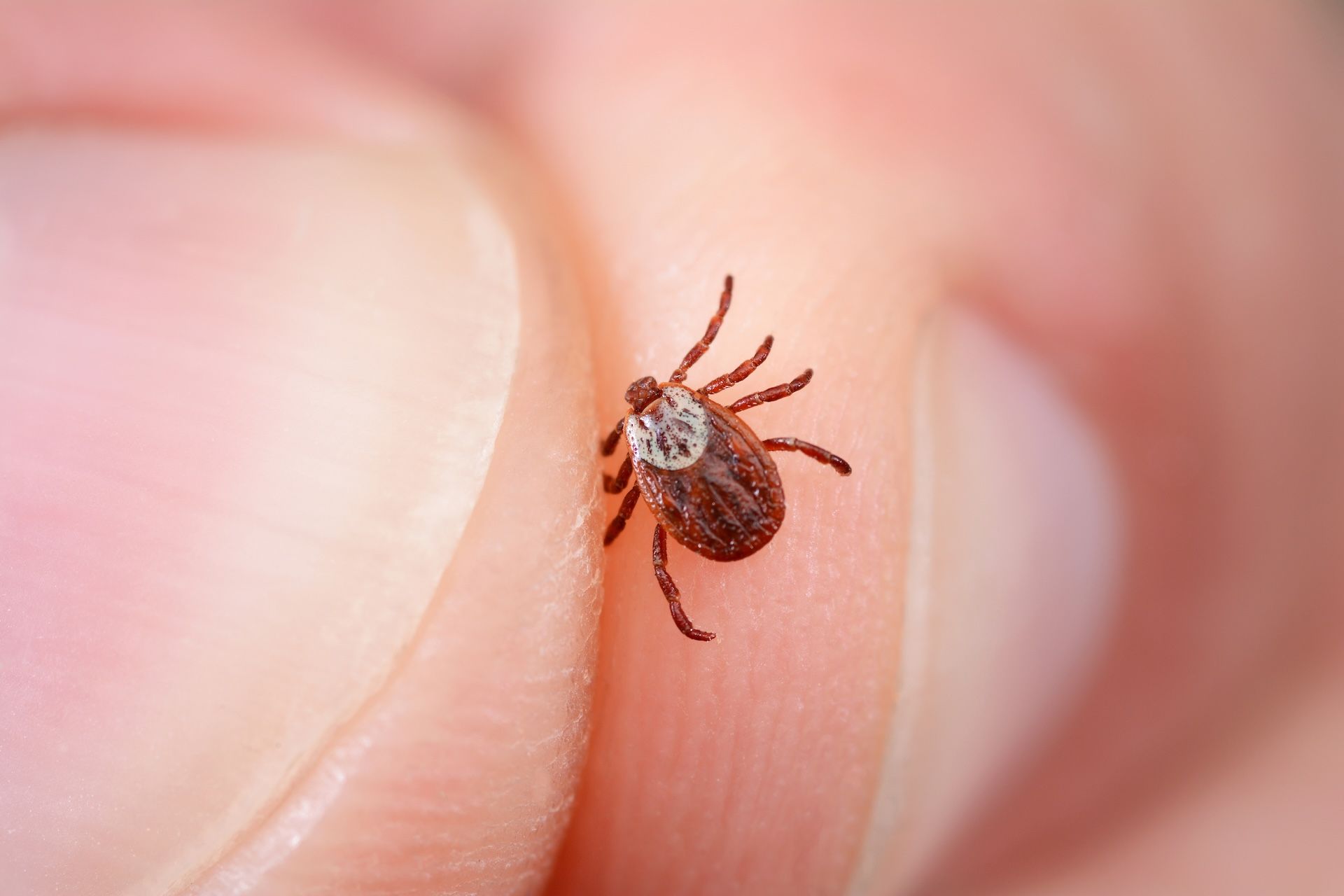Like most hunting risks, early prevention, education, and awareness are critical to combatting potential risks associated with tick bites.
Hopefully, you're spending your summer scouting and maybe doing a little hunting. Make sure you know how to combat ticks with straightforward strategies and the right gear to stay safe and manage the threat of ticks.
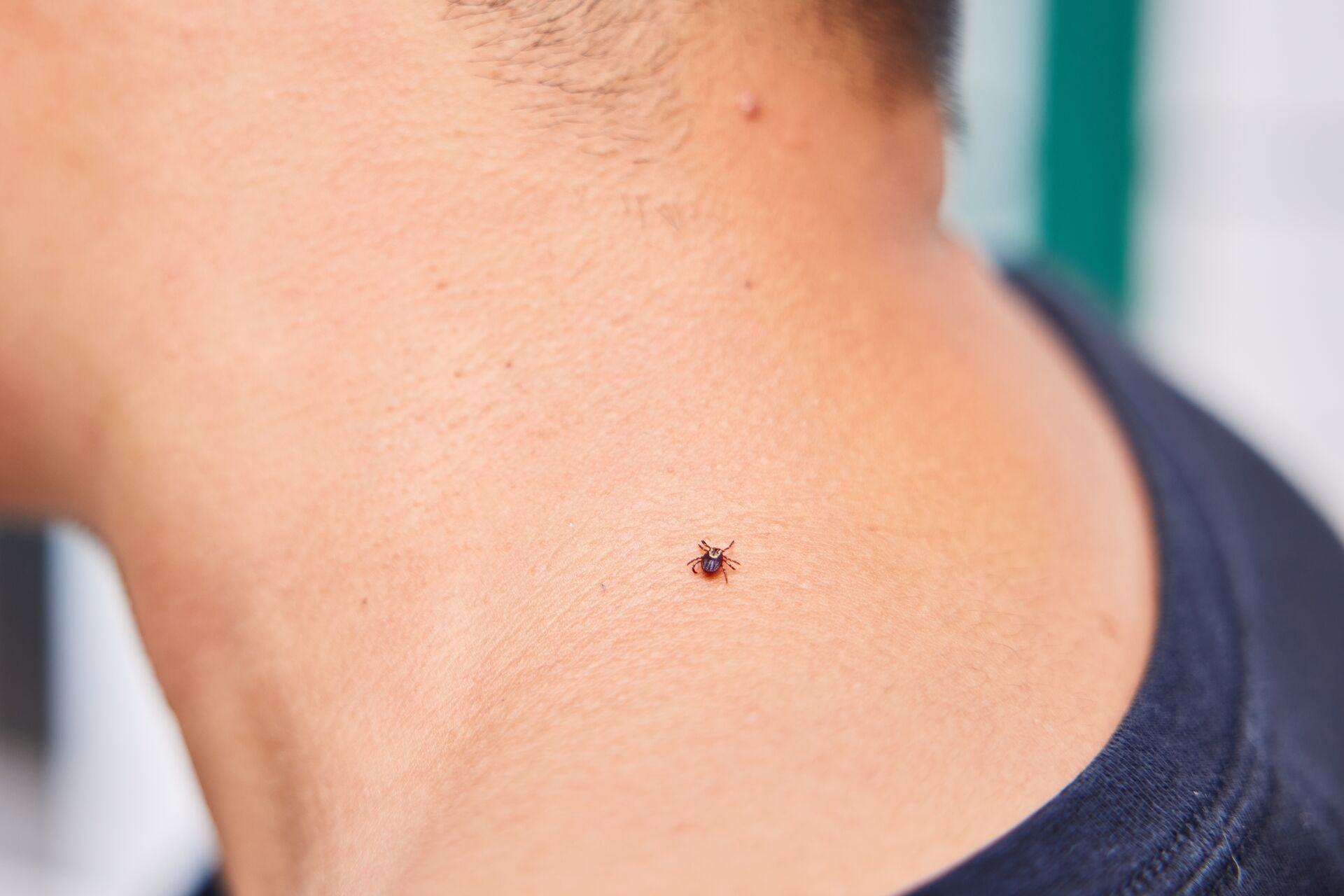
Understanding the Threat: Why Hunters Should Worry About Ticks
Anyone who spends a decent amount of time outdoors should be wary of ticks–as hunters, we check this box. Ticks love tall grass, brush, and wooded areas, especially in warmer weather, which are prime hunting environments for several game species.
The more time you spend pushing through brush or holed out in tall grass stalking a big buck, the higher the chance one of these pathogen-carrying bugs will attach themselves to you.
Lyme Disease is Just One of the Risks
The CDC takes tick-borne illness and exposure to these critters very seriously, which means you should, too. Through the process of feeding, which is when a tick sticks its barbed capitulum into your skin to suck blood, infected ticks can transmit pathogens into the host.
There are 18 recognized tick-borne diseases in North America, including Lyme disease, Rocky Mountain spotted fever, rickettsiosis, and more. Deer ticks (black-legged ticks) are the primary carriers of Lyme disease, which can cause serious health issues if untreated.
Untreated Lyme disease is a lifelong condition that includes symptoms such as headache, muscle and joint pain, rash, and more serious conditions, as the infection can spread to the joints, heart, and nervous system.
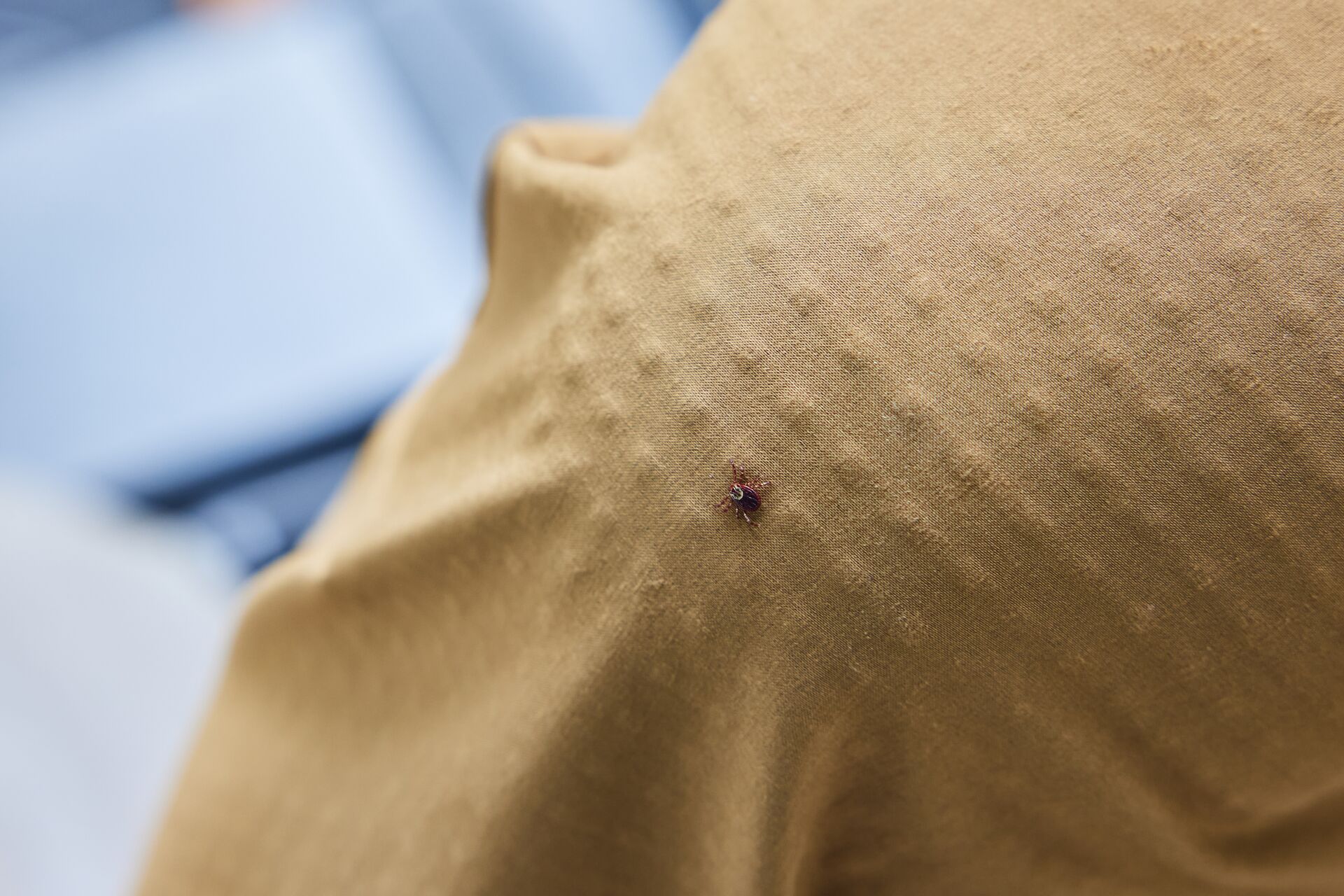
How to Combat Ticks: Take Preventative Measures
The ticks that spread pathogens are expanding their geographic range, and reported cases have grown steadily since the national daft collection first began. Therefore, taking Lyme disease precautions is essential for hunters.
Whether you're a seasoned hunter or a weekend adventurist, preventative measures will be your first and most important defense against these risks.
Start With Clothing
Prevention starts with the clothes you choose to include in your kit. Light-colored clothing helps you spot ticks easily, and long sleeves, pants tucked into socks, and gaiters add extra protection by making it more difficult for ticks to access your skin.
In addition, you should apply permethrin to clothing and gear for long-lasting protection. This synthetic chemical is safe and can remain effective even after several washes. Some clothing manufacturers offer tightly woven bite-reduction fabric and gear already pre-treated with permethrin.
Use EPA-Approved Repellents
As a final level, use EPA-approved repellents with a high percentage of DEET, picaridin, and lemon or eucalyptus oil applied directly onto the skin. Blinds, stands, and backpacks can similarly be treated with permethrin.
When setting up camp, choose dry, open spaces away from dense grasses and brush, which can be tick hotspots.
Even with precautions in place, keep your first aid up to date to help maintain essential knowledge and understanding of what, how, and when to treat tick incidences.

While Hunting and Scouting: Avoid Tick Hotspots
When you finally head out in the field to scout, set up trail cams, or look for a good tree to set up your stand, making wise choices about movement and the environment you navigate can help eliminate the incidence of ticks.
While it can be challenging to avoid tall grass and brush when tracking a deer, stick to clear trails rather than pushing through brush and dense vegetation wherever possible. Avoid sitting directly on logs, leaf piles, or tall grass.
Ticks use the high grass and thick vegetation to wait for a host to pass by before jumping ship. They seem drawn to moisture and can also be found in large numbers in leaf litter and wet vegetation.
If you are hunting with a group, establish a deer tick protection plan that involves checking for ticks at regular intervals and reviewing your clothing, boots, and gear when changing.
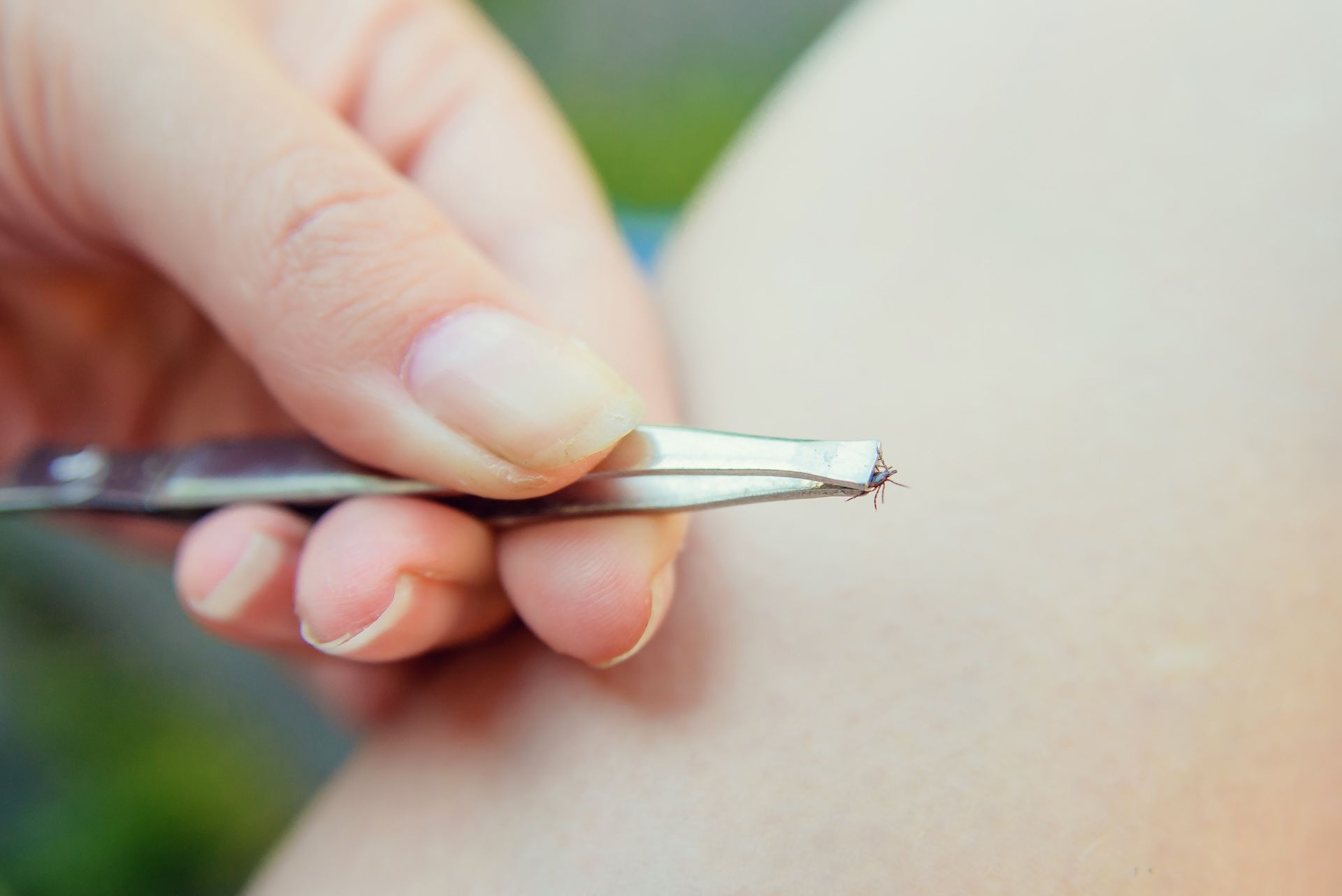
Don't Skip It: Post-Hunt Tick Inspection and Removal
Straight after your hunt or a day scouting in the woods, you should do a full-body check, targeting hard-to-reach areas such as behind the knees, underarms, around the waist, hair, and groin. Have a buddy or family member check areas you can't see (like your neck or back).
Next, shower within two hours of coming indoors to wash off unattached ticks, and as a final precaution, check your clothing, hunting gear, and backpack for any traveling ticks that may have attached themselves, as this can add further risks to not only yourself but your family and pets also.
If you find a tick, use fine-tipped tweezers to remove it as close to the skin as possible and pull it straight out without twisting or crushing. Next, clean the bite with alcohol and watch for Lyme disease symptoms (rash, fever, joint pain).
If the tick's head remains in your skin or you are experiencing developing symptoms such as a rash, fever, joint aches, or changes in your condition, seek medical attention as soon as possible.
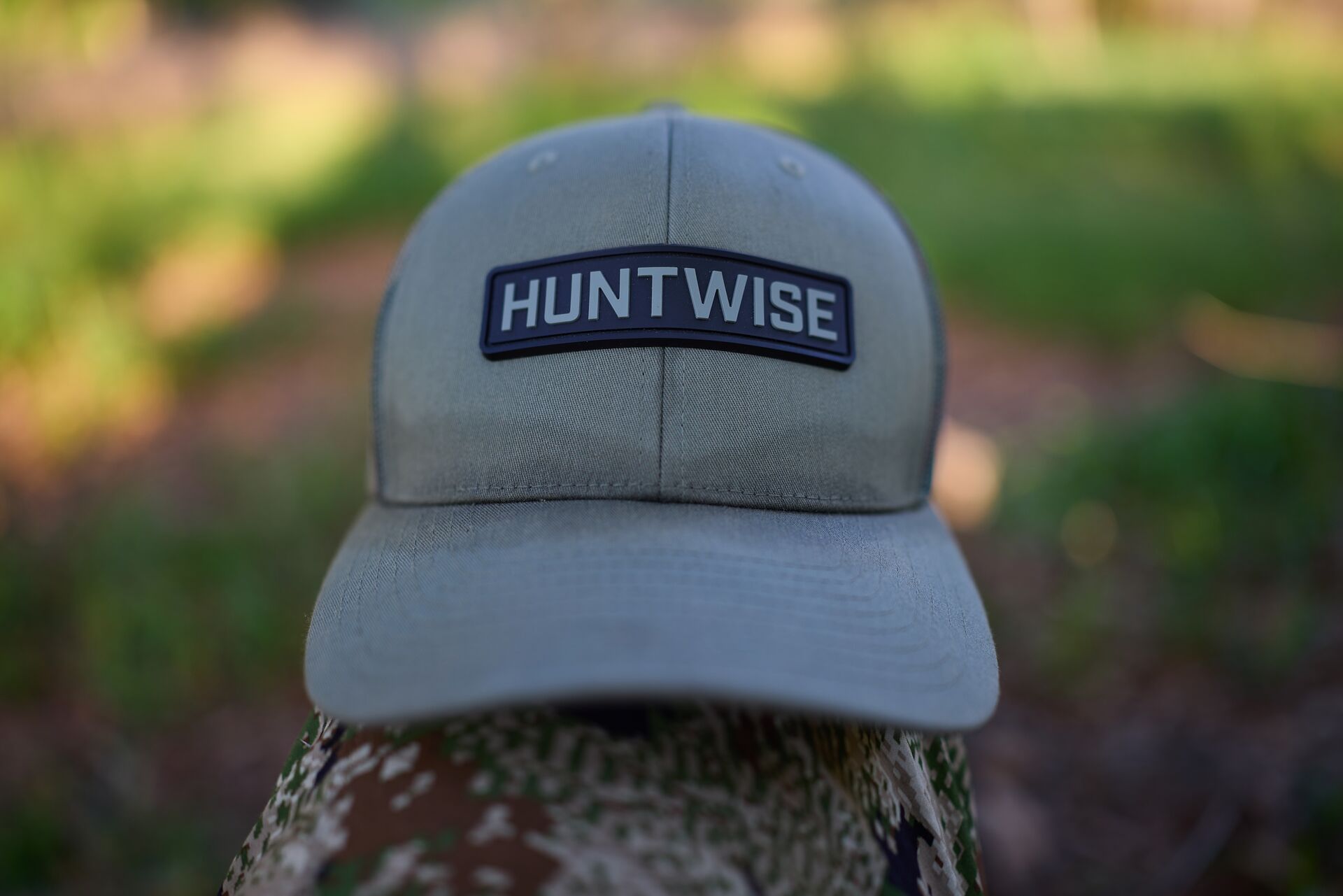
Stay Tick-Free and Keep Hunting With HuntWise
Unfortunately, ticks are just a part of hunting and something hunters must stay vigilant about. Regular awareness and knowing how to combat ticks can keep you safe when scouting and hunting in warm weather.
Most issues stem from people not following up after a hunt or ignoring the threat that ticks can pose. Checking yourself, your gear, and your hunting dog before heading home is a great way to avoid any potential issues.
In addition to these tick-avoiding tips, whether hunting or scouting, make sure you have HuntWise to navigate woods and brush. With the mapping insights and overlays, you can access more hunting areas without the need to bush-bash through the thick grasses and dense vegetation that ticks love.
If you don't have HuntWise yet, now is the best time to download and try it free for a week! Use it to scout and plan your next hunt.
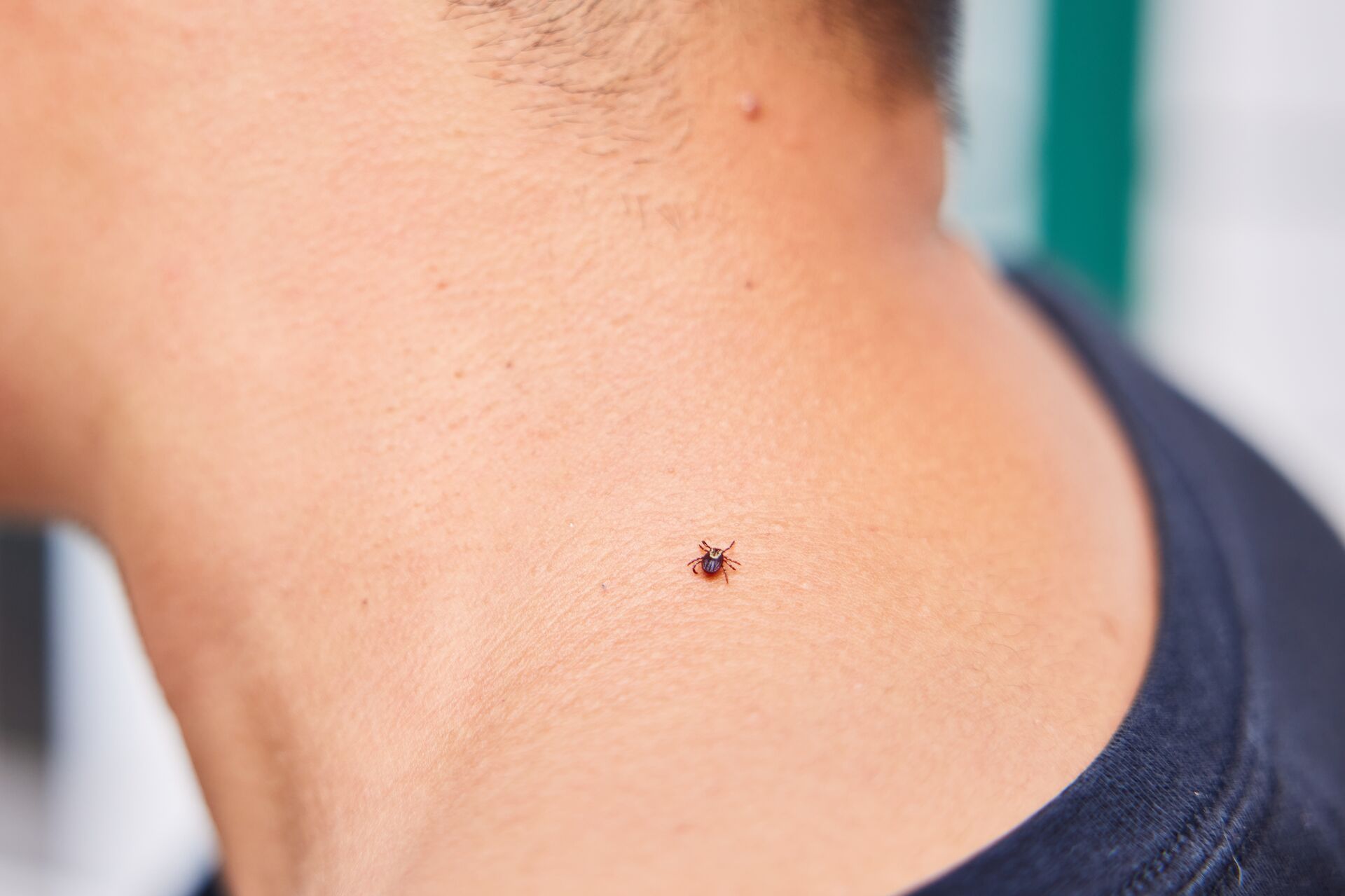

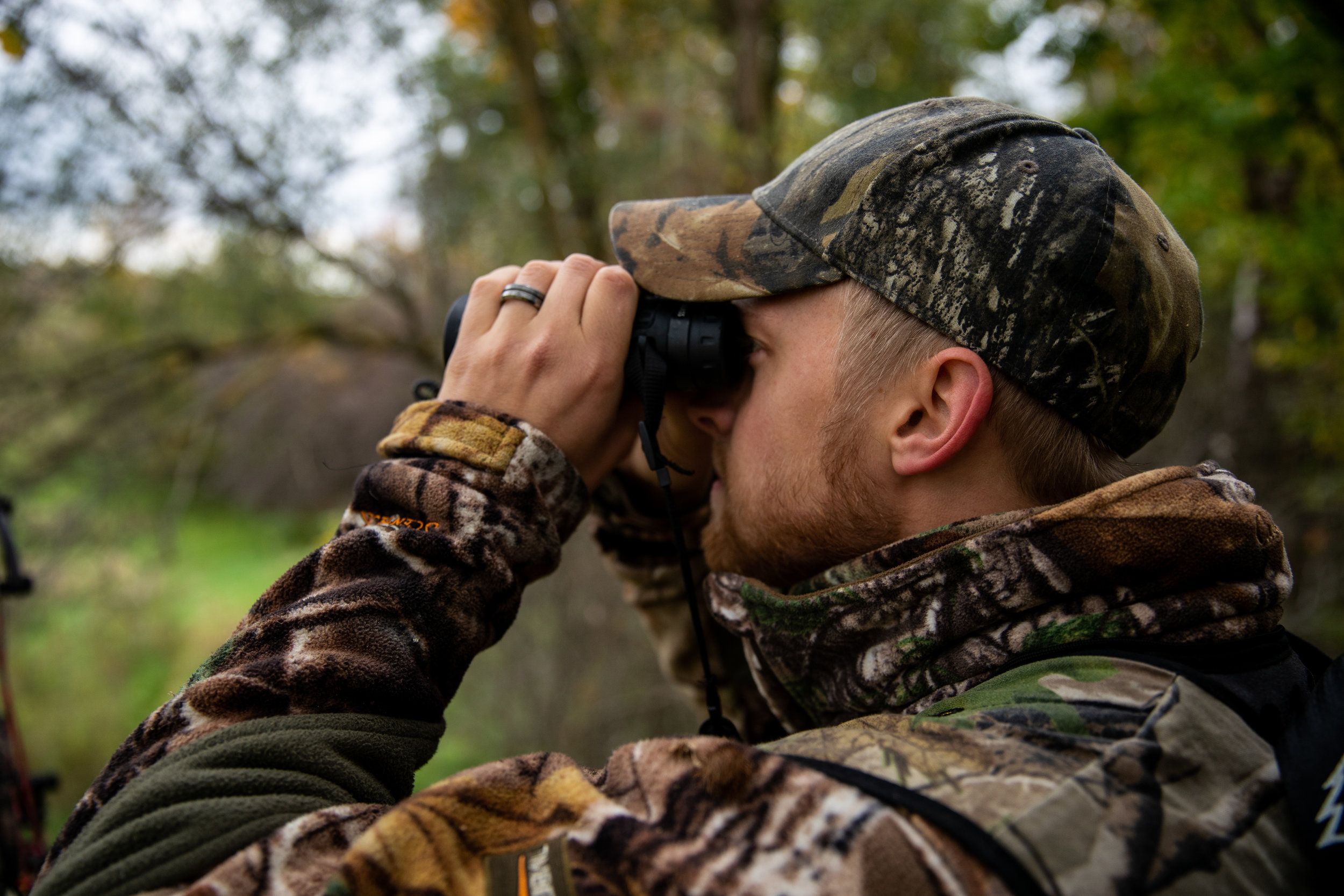 Hunting Tips
Hunting Tips Hunting Tips
Hunting Tips Hunting Tips
Hunting Tips